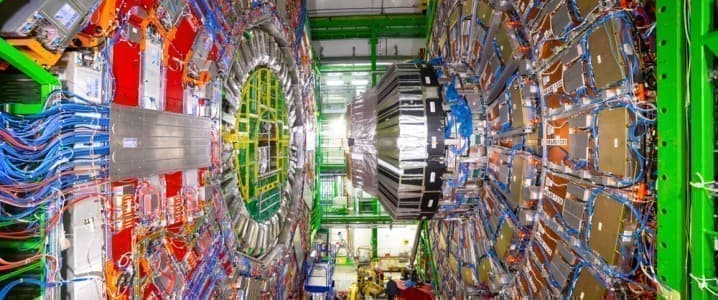Startup Breakthroughs Accelerate the Fusion Energy Race
For decades, the joke was that nuclear fusion would always be 30 years away. Harnessing the process that powers our sun here on Earth was a lofty thought experiment ripped from the pages of a science fiction novel that smacked of futurism rather than pragmatism. But in the last few years, the rate of technological breakthroughs has sped up astronomically, finally making commercial fusion a matter of when, not if.
Achieving fusion here on Earth requires staggering levels of heat – in the region of 100 million degrees Celsius – and costly materials capable of enduring and maintaining such temperatures. Due to incredible high barriers to entry, most fusion experiments are behemoth ventures funded and managed by national governments, or in the case of the world’s largest fusion experiment ITER, a consortium of six deep-pocketed nations and the European Union.
But as the AI boom continues to drive energy demand projections ever higher, the race for commercial nuclear fusion is becoming increasingly privatized as the tech sector becomes involved in research and development. Fusion has received a lot of buzz as a potential “holy grail” of clean energy, as it could provide virtually unlimited zero-carbon energy without generating any of the hazardous nuclear waste associated with nuclear fission.
Some of tech’s biggest names, including Bill Gates and OpenAI’s Sam Altman, are major proponents of nuclear fusion, believing that it will be critical to supporting the tech sector’s AI ambitions. “If you know how to build a fusion power plant, you can have unlimited energy anywhere and forever. It’s hard to overstate what a big deal that will be,” Gates wrote in an October essay. “The availability and affordability of electricity is a huge limiting factor for virtually every sector of the economy today. Removing those limits could be as transformative as the invention of the steam engine before the Industrial Revolution.”
Already, 12 different nuclear fusion startups have raised over $100 million dollars each. And some of these nuclear fusion startups, which can move and adapt much more quickly than massive government-backed ventures, are starting to rack up technological breakthroughs at an astonishing pace.
Just this week, a startup in the United States called Zap Energy – one of the 12 to have raised over $100 million in funding – announced the latest groundbreaking achievement in the field. The company revealed that they reached plasma pressures comparable to those found deep within the Earth’s crust in a presentation at the American Physical Society’s Division of Plasma Physics meeting in Long Beach, California this week.



Leave a Comment
Your email address will not be published. Required fields are marked *